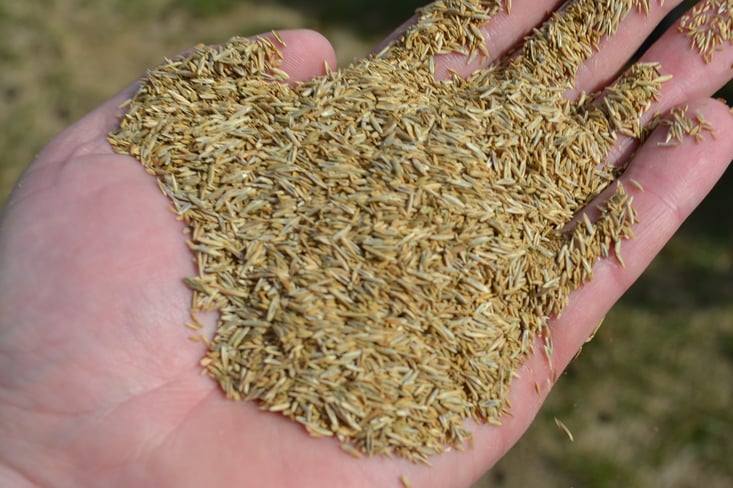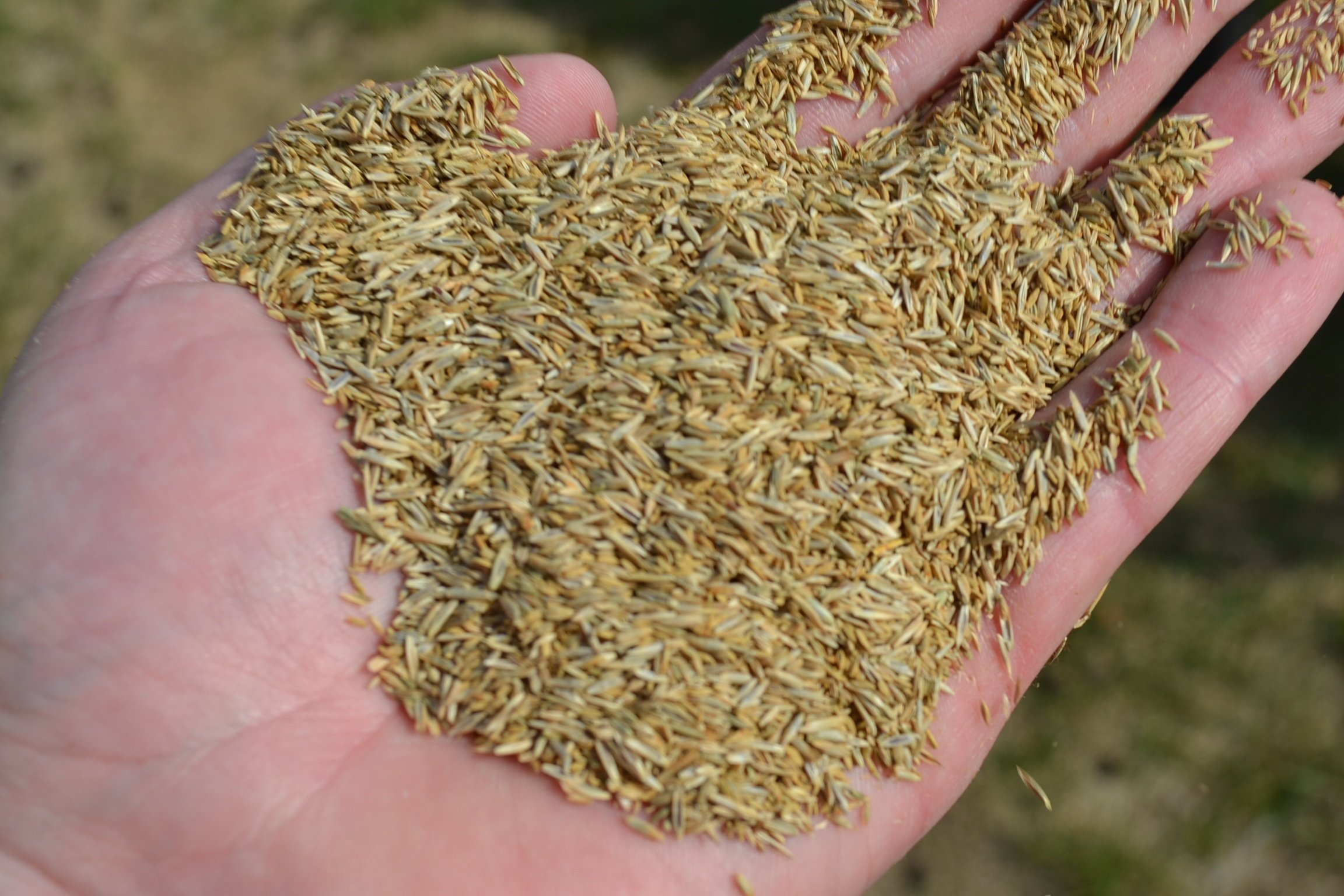
One of the questions our lawn care experts get asked a lot is when should I plant new grass? Whether you’re starting over with bare soil or are looking to overseed or do some spot repairs, fall is unquestionably the best time of year to plant new grass in Ontario.
Why? The temperatures are cooler so there’s less stress on the plant. Fall usually brings more rain so there’s less chance of drought conditions causing problems for new seeds. There are fewer seeds germinating in fall to offer competition in fall. There is plenty of time left to plant grass and have it establish strong roots to survive winter and come back in the spring strong and green.
The lawn care professionals at Nutri-Lawn Burlington want you to have the best lawn on the block. We’ve put together this quick checklist for growing new grass in the fall.
Prepare the soil. If a house is only as strong as its foundation, the grass is only as strong as the soil it’s growing in.
- If you need to add compost, peat moss, topsoil or starter fertilizer, add these before you seed. Work these into the soil well. Remember that grass seed likes neutral soil. If you’re unsure, a soil test might be a good investment. It’s always easier to amend soil before you plant new seed.
- Make sure the soil is level and firm (not compacted). Level out any hollows that trap water (water the soil to test). Lumps are prone to mower damage leaving bare or shaved spots.
- If overseeding, aerate the lawn to reduce compaction if necessary.
- Dethatch or rake the lawn well to thin out the existing grass and open the soil to the sun.
Adding seed is the next step, but there are some best practice steps to consider for best results:
- When choosing seed, keep in mind the growing conditions in your yard. Some grass seed needs full sun while other varieties will tolerate some shade. Do you know what kind of grass is already growing in your yard? Matching colours and texture might be important for a uniform look.
- Buy quality seed. This is important as all grass seed is not created equal. The higher quality seed will germinate better and will leave fewer bare spots you’ll need to overseed again.
- Use a mechanical seed spreader to ensure even distribution. Only hand seed for small areas. Follow the package directions and avoid using more seed than recommended as it often will just go to waste.
- To prevent seeds from washing or blowing away, or prevent birds from eating the seed, you might consider using a seed mat or weed-free mulch such as straw to cover the seeds until they sprout and take root.
Watering properly is one of the most overlooked aspects of growing new grass. People put a lot of effort into preparing the soil and planting good seed, and then forget to water as necessary to establish growth. To give your new grass seed the best start, water often for the first week so that the soil stays moist (but not saturated). Once the seeds have sprouted, water every day or two to ensure the seeds get the best possible start. Reduce to the regular watering schedule of deep watering once a week after the first mowing. And remember to mow high to ensure the new grass is lush and hardy.
Our lawn care experts can help you get new grass started right the first time. Call the grass pros at Nutri-Lawn Burlington for professional advice. Get started now so that new grass has a chance to grow deep roots before winter. Come spring and summer, you can enjoy that lush healthy lawn you always wanted!






